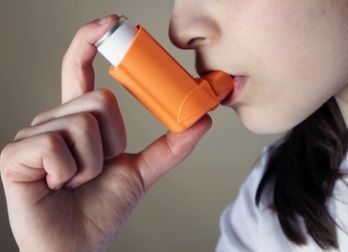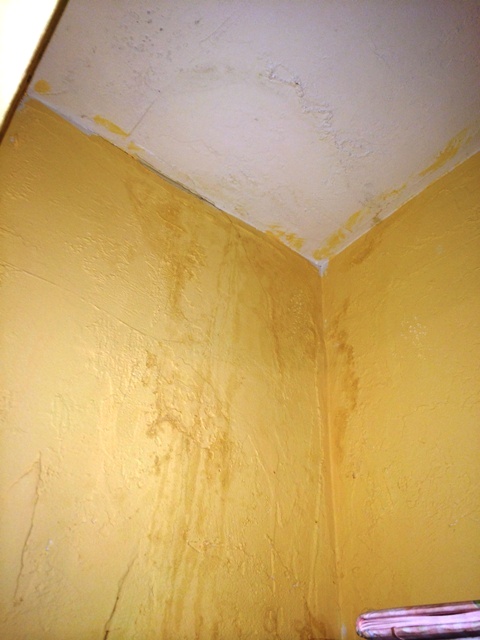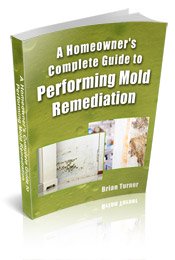Find a Mold Specialist Now
Click or Call, Toll-Free 24/7
Black Mold In House
Black mold in house or other buildings can lead to serious health problems. Symptoms of black mold exposure typically include a variety of respiratory problems but can include a wide range of other symptoms, as well. If you or your family members are experiencing symptoms of black mold exposure, you should examine your house for signs of black mold or, better yet, have a professional come in to check your house for mold.
Symptoms of Exposure to Black Mold
Symptoms include all sorts of respiratory problems as well as other health problems, including:
- Coughing (even coughing up blood on occasion)
- Sneezing
- Dyspnea (difficulty breathing or shortness of breath)
- Worsening of asthma symptoms or development of asthma-like symptoms in people not previously diagnosed with the disease
- Chronic sinus infections and/or upper respiratory infections
- Watery, itching eyes
- Frequent headaches or migraines
- Dizziness or lightheadedness, feeling faint
- Trouble concentrating
- Poor short-term memory
- Severe chronic fatigue
- General feeling of malaise
Some people believe other ailments are symptoms of black mold exposure, as well. If you or any family members have been experiencing these symptoms or have suffered any other chronic feelings of illness, you may be suffering from exposure to black mold. The only way to know for sure is to search your house carefully.

Asthma caused by exposure to mold.
Where to Look
Look for mold in any moist, poorly ventilated areas of your home. People often find black mold in house in areas like bathrooms and laundry rooms, where the air is often moist and ventilation may be poor. You can also find it above ceiling tiles if there are any leaks in the roof and under sinks or in other areas where there have been leaks in pipes. Since mold spores can easily spread to other areas of the house, if you find any signs of black mold you should examine the rest of the house carefully. If you’re afraid you might miss a spot, call in a professional to check for you. If you miss any areas, your mold problem and the accompanying symptoms will quickly return.
What to Look for

Look for black, slimy looking mold, particularly in areas like the grout between your bathroom tiles. Look for water stains on walls or ceilings, cracked or peeling paint on walls or ceilings, condensation around windows or pipes, rust on metal pipe fittings and musty odors in damp areas like basements. You should search carefully for signs of black mold if you or anyone in your family has been experiencing symptoms of black mold exposure. Keep in mind that young children, elderly people and those already in poor health are more likely to develop symptoms and to experience more severe symptoms.
Also keep in mind that while black mold may be best known for causing health problems, other types of toxic mold can cause symptoms as well. If you find mold that doesn’t match the description above, you may not have black mold but may have another type of mold that needs to be cleaned up.
When to Call a Professional
Call in a professional if you or anyone in your household has been experiencing symptoms of black mold exposure to help you search for black mold in house. You can search yourself, of course, but toxic mold can hide in many places so if you don’t find it yourself, that doesn’t mean you’re all clear. A professional will inspect for black mold in house for free and give you a free estimate for the cost of a professional cleaning. To find a Qualified Professional specializing in black mold in your area, just follow the link. A professional will find and identify any other type of mold as well, during the inspection.
Return From Black Mold In House To Our Black Mold In Homes Page
Black Mold Health Symptoms Home Page





